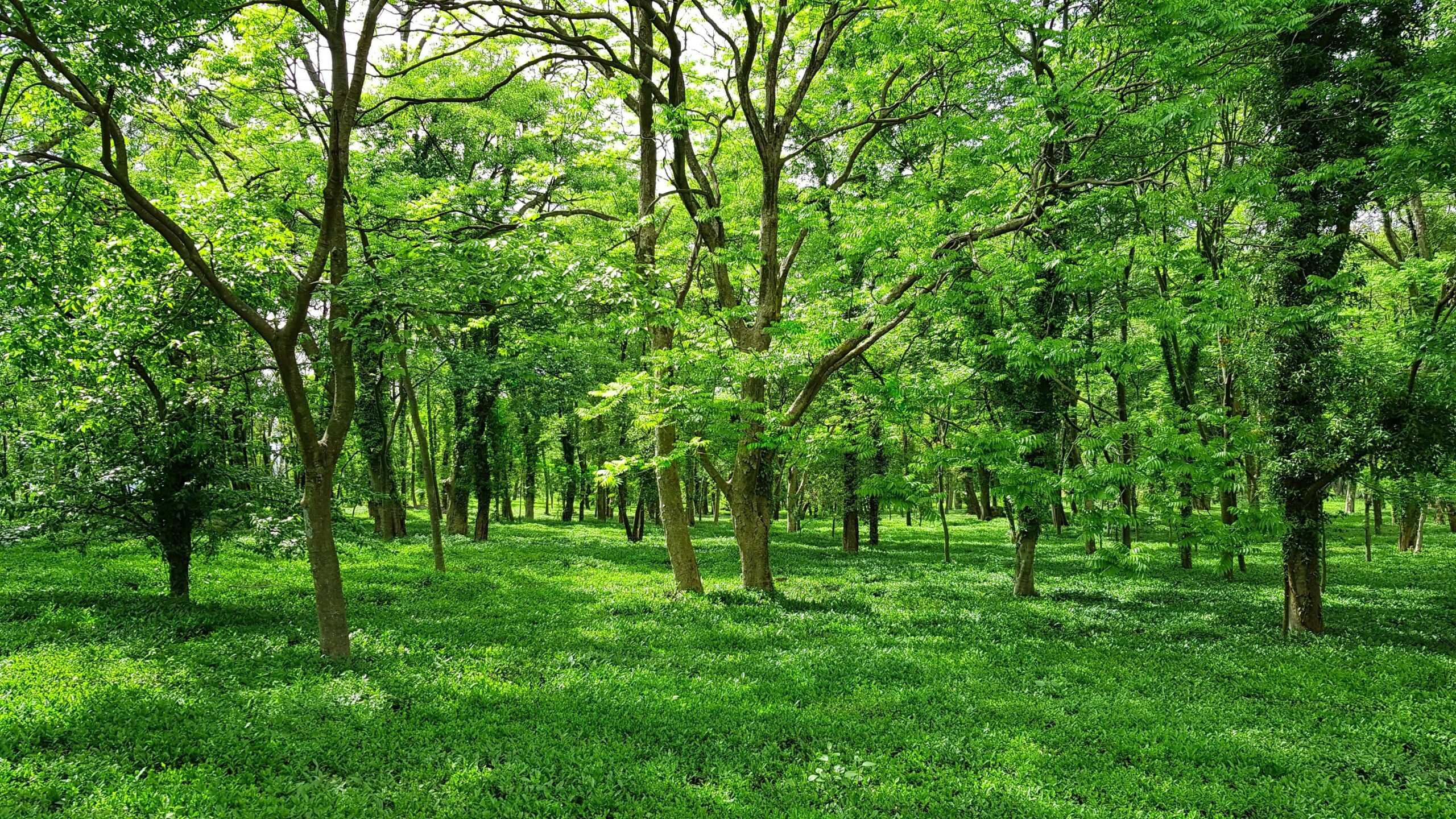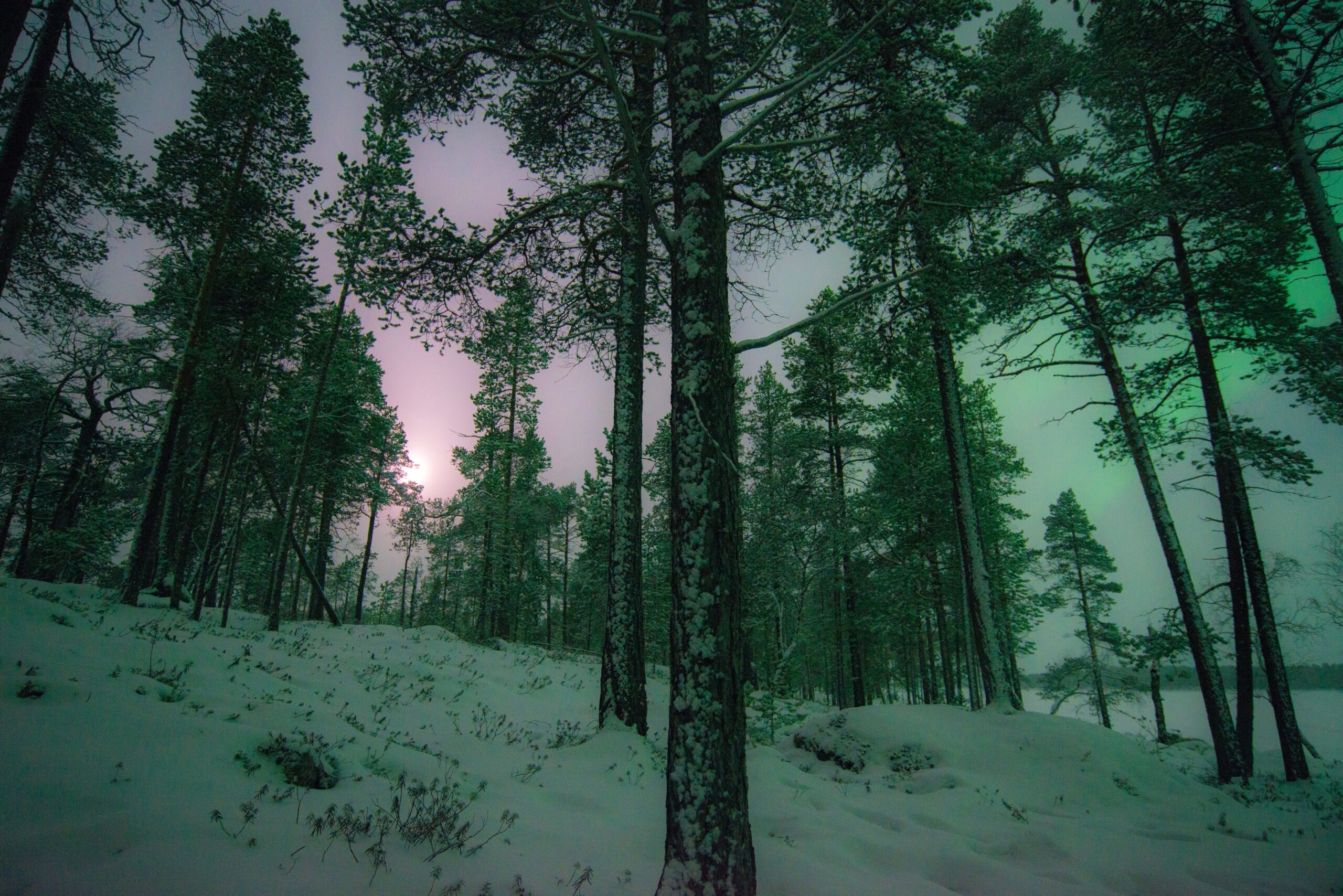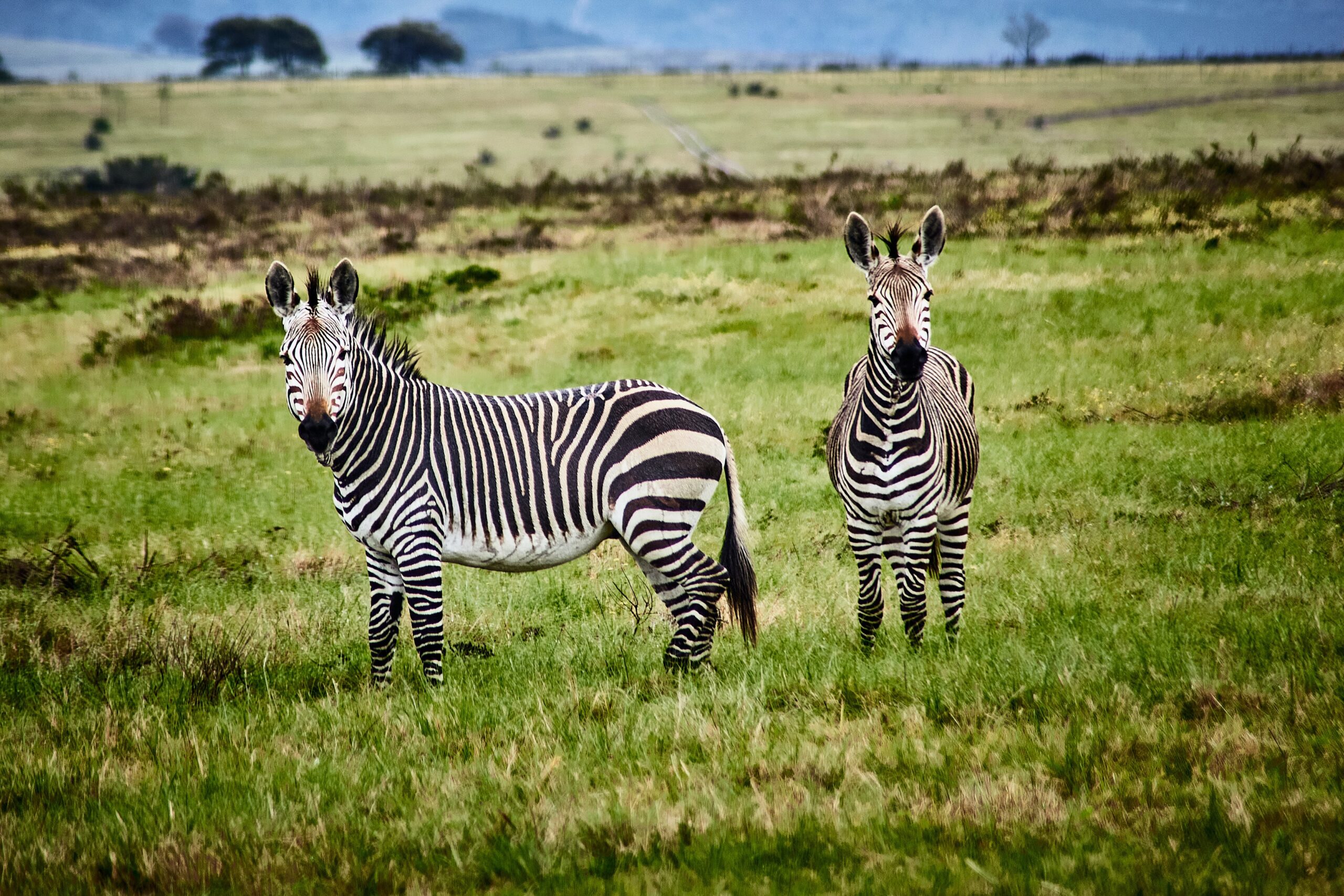Increased incidence of landscape fire and pollinator declines with co-extinctions of dependent plant species are both globally significant. Fire can alter species distributions, but its effects on plant-pollinator interactions are poorly understood so its present and future role in coupled plant-pollinator declines cannot be assessed. * We develop a conceptual model of fire effects on plant-pollinator interactions. We review the empirical literature in the context of this model to identify important knowledge gaps regarding the processes underlying these effects and the phenotypic traits of flowering plants and pollinators mediating these effects. Fire generates, and plant-pollinator interactions respond to, heterogeneity at multiple spatial scales. There is evidence of local-scale fire effects on these interactions, but landscape-scale effects are poorly understood. Nest location and floral resource utilization primarily mediate pollinator survival during and after the fire. Voltinism and mobility traits are potentially important but poorly studied. Plant traits mediating flowering responses to the fire include growth form, phenology and potentially bud location, seasonal changes in bud exposure, and response to bud damage. * Synthesis and applications. We suggest management actions and an agenda for future research to fill knowledge gaps currently inhibiting predictions of fire effects on plant-pollinator interactions. Fire regimes promoting floral diversity at local scales provide a surrogate means of managing pollinators and pollination while empirical research continues. Above-ground nesting, univoltine pollinators may be particularly vulnerable under expected fire regime changes. Improved knowledge of traits mediating the exploitation of landscape heterogeneity could be used to enhance the persistence of these species. Ultimately, our conceptual framework could be used as a basis for understanding fire effects on aggregate network properties to inform fire management strategies buffering plant-pollinator networks against secondary species extinctions.

































































































































































































































































































































































































































































































































































































































































































































































































































































































































































































































